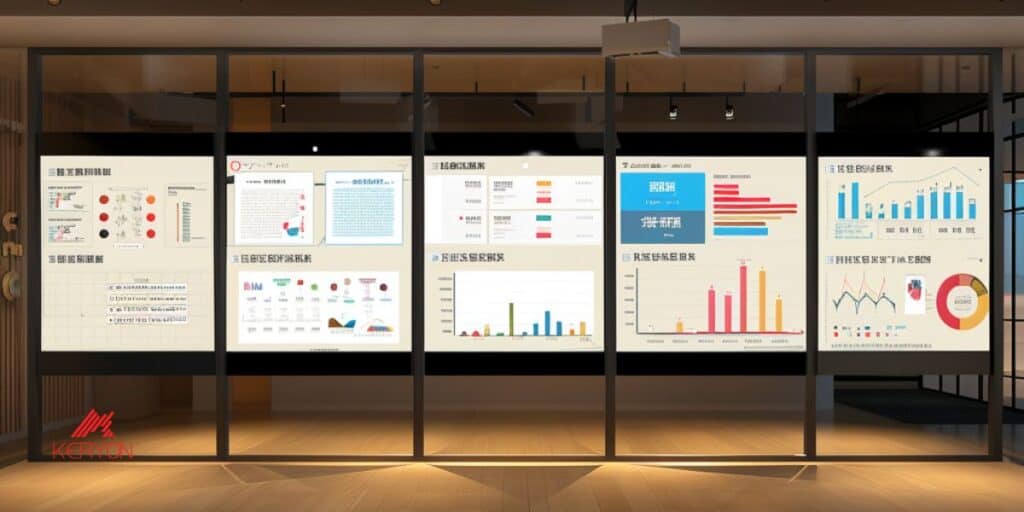Obeya is a Japanese term meaning “large room” or “war room.” It refers to a physical or virtual space based on visual management. It primarily enables discovery and fast learning for successful project or product management.
Toyota’s product development process, which was initially revolutionized by the use of Obeya Rooms, stands as a testament to the potential benefits of this practice. Since then, numerous organizations worldwide have eagerly adopted this approach, further validating its effectiveness.

An Obeya Room is not just a physical or virtual space, but a dedicated hub where cross-functional teams come together. Here, they align on project goals, solve problems, and drive continuous improvement. The walls of an Obeya Room are illustrated with charts, graphs, and other visual tools, providing a comprehensive overview of the project’s status, challenges, and objectives. This visual management approach fosters a sense of collaboration, enabling teams to quickly identify issues, collaborate on solutions, and make informed decisions together.
Obeya Rooms promotes transparency, accountability, and rapid learning by creating a shared understanding of the project’s progress and priorities. They enable a culture of collaboration and continuous improvement. Organizations can tailor Obeya Rooms to suit various needs, such as project management, product development, or strategic planning. Therefore, the visual components of the Obeya may vary depending on the intent or the activity (project, product development, or others).
For example, a dedicated Obeya for a project may include the following visual boards:
- Vision and objectives
- Client feedback
- Product representation
- Macro and micro plan
- KPIs
- Problem-solving.

Organizations use Obeya Rooms to drive alignment, problem-solving, and decision-making, leveraging visual management and collaboration to achieve better outcomes and continuous improvement.
